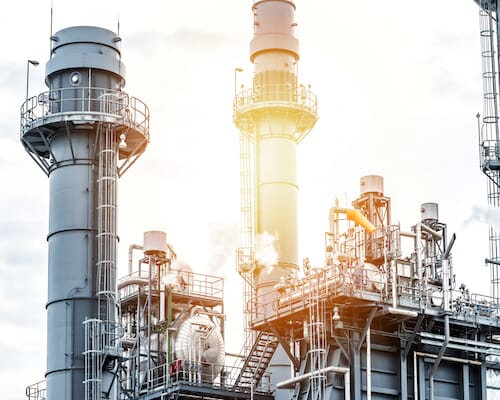
Hot Weather Impacts on Air Compressor Systems
July 26, 2023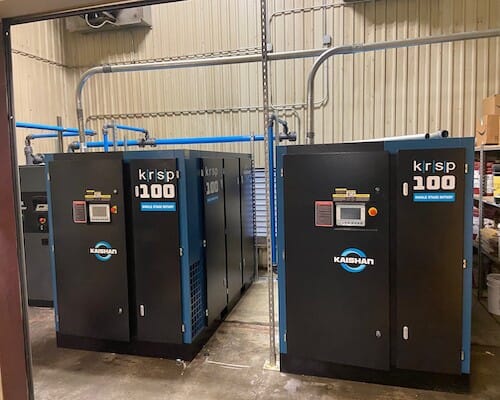
How to Design and Prepare for an Industrial Air Compressor Installation
August 9, 2023Twelve Critical Differences Between Rotary Screw and Piston Air Compressors
Kaishan USA | August 2, 2023 | Uncategorized
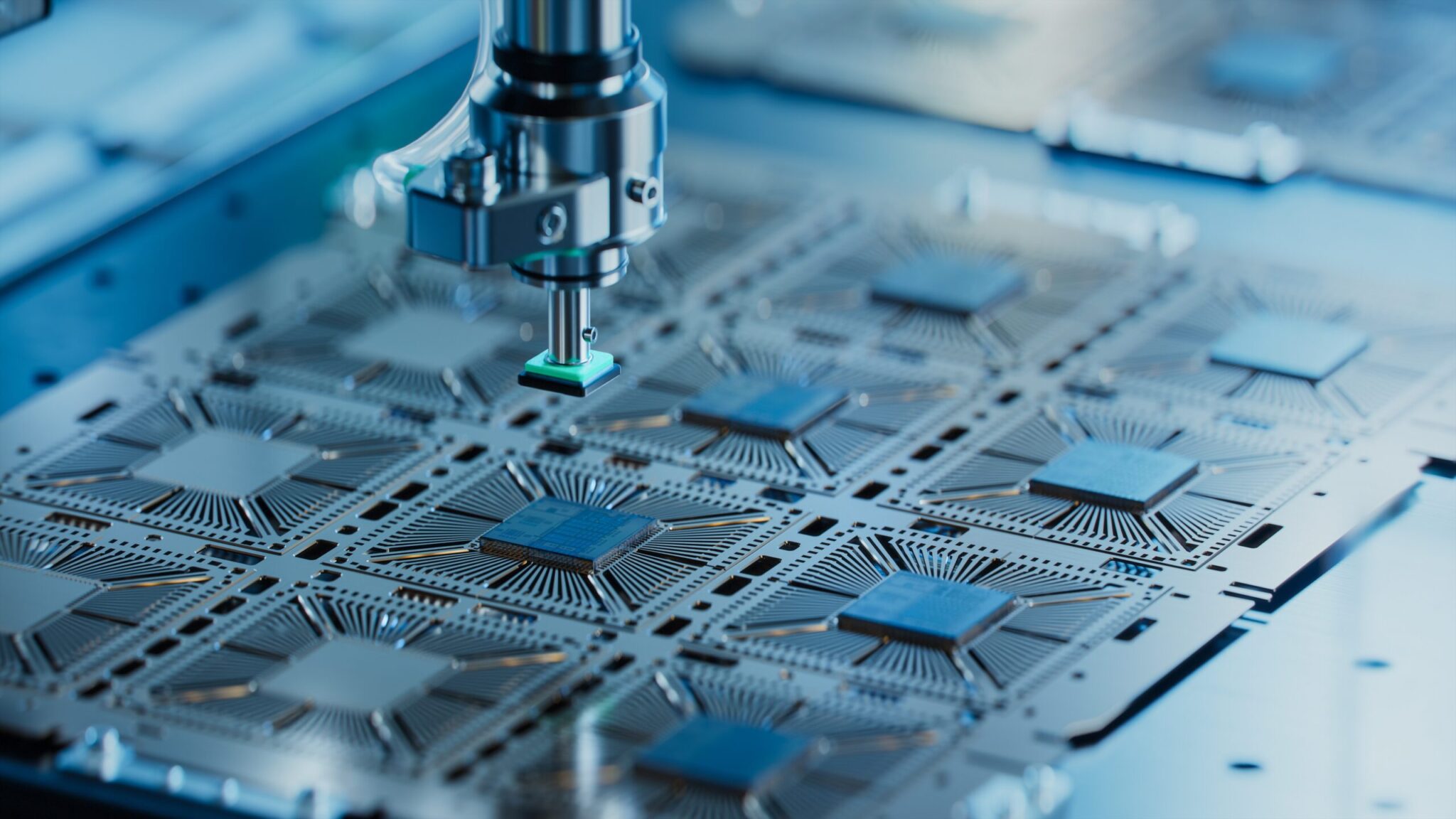
Because of the requirement for high-quality air, rotary screw compressors are much better suited for semiconductor fabrication and electronics than reciprocating compressor would be.
Unless you operate a large facility consuming thousands of CFM of plant air, your choice of air compressors usually comes down to two main types: reciprocating (or piston) compressors and rotary screw air compressors.
Let’s review the significant points of difference between the two.
1. Design
Built almost like an automotive engine, reciprocating compressors have a crankshaft driven by an electric motor. As the shaft turns, it pushes a piston up and down, drawing air into a chamber as it moves in one direction, then compressing it when the piston reverses direction. Because of their construction, reciprocating compressors are often called piston compressors.
Rotary screw compressors have two rotors that rotate in a compression chamber and pressurize the air. They usually rely on an oil lubrication system to cool, seal and lubricate components.
2. Heat
Pistons, or recips, operate at relatively high temperatures, around 300-400°F.
Oil-lubricated screw compressors operate at a much lower temperature, in the range of 170-200°F.
3. Duty Cycle
The compressor duty cycle refers to the percentage of time a compressor can safely run without risking overheating or excessive wear and tear. It is typically expressed as a ratio or percentage. For instance, a compressor with a 50% duty cycle is designed to run half the time and rest half the time. Understanding the duty cycle is crucial in selecting the right compressor for your application. The reason? Exceeding the recommended duty cycle can lead to overheating, excessive wear, and even premature failure.
Reciprocating compressors rely on radiant cooling and don't have a cooling circuit to remove the heat of compression. As a result, they have a low-duty cycle, needing time to cool off. Heavy use or a high-duty cycle is not recommended. They work best with intermittent or partial duty—50% duty cycle or less. That’s 30 minutes in an hour. Run it longer, and you risk damaging your compressor and shortening its life. As a result of this shortened duty cycle, you need to add storage tanks to ensure that compressed air is available during their “cooling-off” period.
Rotary screw compressors can handle a 100% duty cycle. In fact, we recommend setting up your compressed air system so that they operate as close to 100% duty cycle as possible. In addition, rotary screw compressors are very good at handling variations in demand. Although screw compressors do not need storage tanks to provide continuous coverage, they do need tanks for control storage, which covers the time it takes controls to go from unload to load.
4. Sizing
Because of their limited duty cycle, you need to size a recip with a larger horsepower rating to compensate for the “cool down” time.
By comparison, a screw compressor can be smaller. A 7.5 HP screw compressor will do the job of a 10 HP piston compressor, also drawing less electricity and reducing operating costs.
5. Dew Point
Because recips don’t come standard with aftercoolers and run hotter (as mentioned above), they produce air that is hot and hard to dry. They typically require more expensive high-temperature dryers that have an aftercooler on the refrigerated dryer. As a result, it is difficult for them to reach the same pressure dew point as a screw compressor.
Because the discharge air temperature of rotary screw compressors is typically lower, they produce air with less moisture. Plus, they are normally equipped with coolers and stand-alone dryers that remove water from the air. Using an aftercooler allows you to use a less expensive dryer.
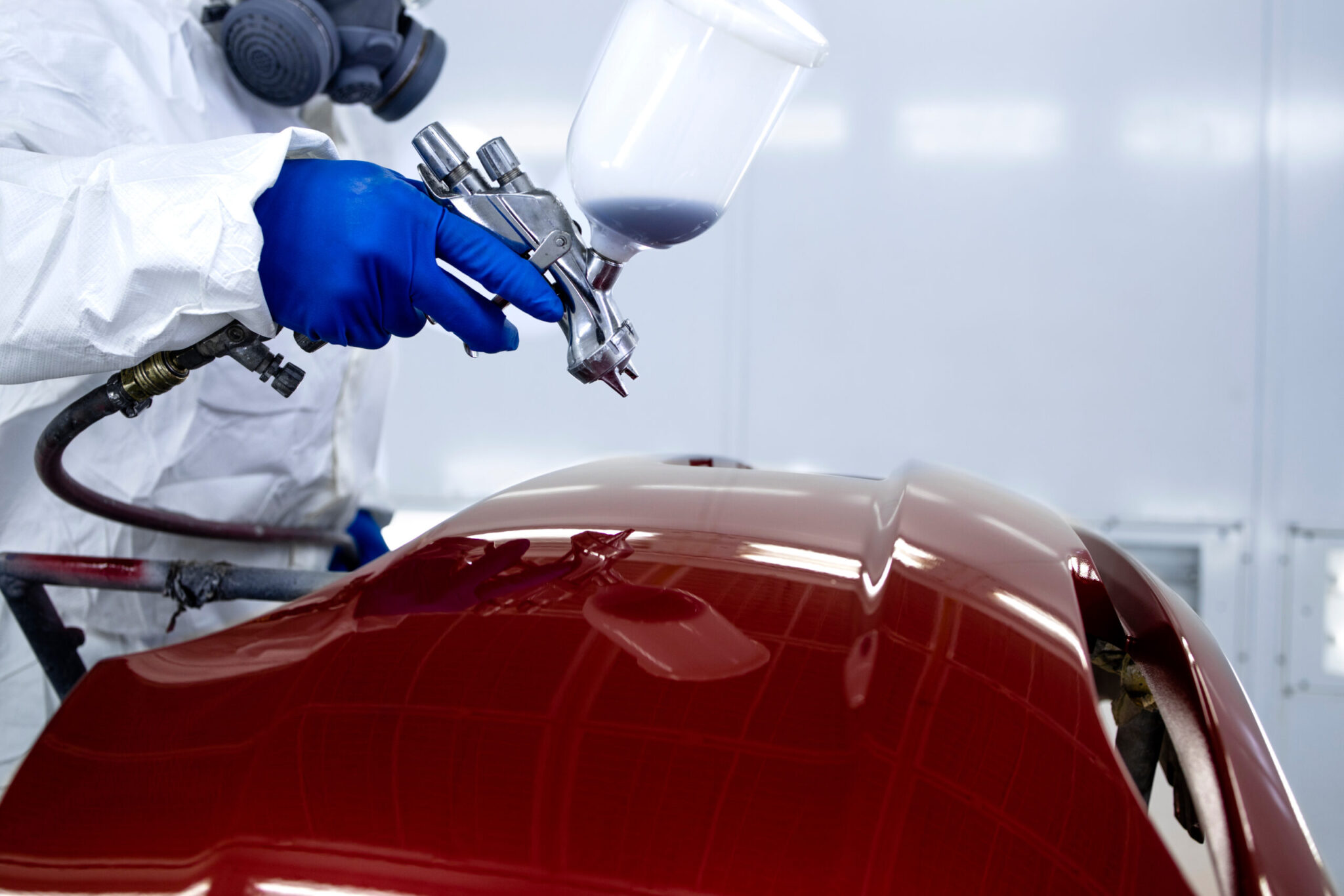
When you’re doing automobile painting, you need an even flow of compressed air at a constant pressure to deliver that mirror finish everyone wants. A screw compressor will do that.
6. Air Quality
Pistons produce larger air pulses than a rotary screw. And, because they just have wiper rings between the air and the oil, they do not have systems in place to prevent oil slugs from passing through. Those are huge disadvantages for painting applications where you want a smooth, even flow of high-quality air to produce the mirror finish your customers want.
While rotary screw compressors also have oil in the compression area, they are equipped with a separator element that removes that oil from the air. And, because of the lower operating temperatures, it is easier to remove moisture and contaminants from rotary screw compressors. That improved air quality produces significant savings in labor and materials. Plus, it extends the life of your end-use tools and equipment.
7. Reliability
Under the right conditions, reciprocating compressors are very durable. But, as pistons age, flow decreases and oil carry-over increases, especially if they are not properly maintained.
Because they have fewer moving parts, rotary screw compressors are more reliable than other types of compressors. And there is little to no change in performance over time because a rotary screw isn't relying on valves or rings that wear over time.
Kaishan’s premium rotary screw compressors have oversized air and oil coolers and a heavy-duty enclosure. And because of their reliability, efficiency and long life, Kaishan rotary screw air compressors have the best warranties in the industry. In fact, Kaishan’s KRSP and KRSP2 screw compressors are backed by a lifetime warranty on the airend.
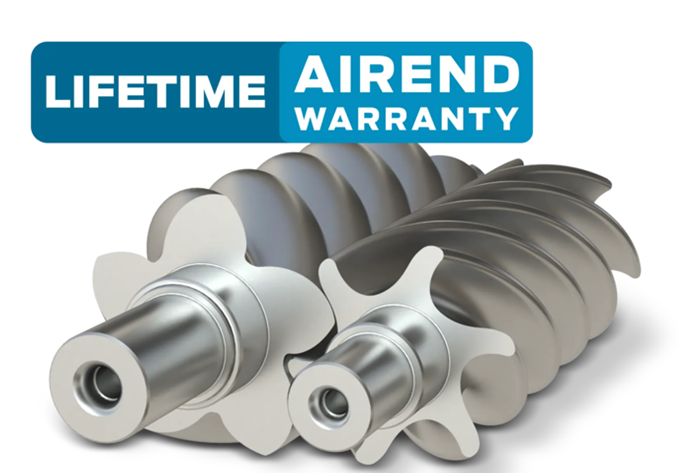
Kaishan’s KRSP and KRSP2 screw compressors are backed by an unmatched lifetime airend warranty.
8. Maintenance
While routine maintenance on reciprocating or piston compressors is simple and inexpensive, they will eventually need major service or rebuilds.
Screw compressors have fewer moving components, so there’s generally less wear. That adds up to less maintenance. In addition, original equipment manufacturers (OEMs) like Kaishan perform extensive research and testing on service components to ensure longevity and keep lifetime costs of their equipment to a minimum.
9. Energy Use
Pistons rely on a significant pressure differential to allow for the “cool down” time mentioned above. They typically load at 125 PSIG and then unload at 175 PSIG, wasting a lot of energy. As a result, recips deliver 3-4 cfm per HP.
Rotary screw compressors are more energy efficient, delivering 4-5 cfm per HP.
10. Noise
Because pistons are generally open, with loud valves and no acoustical enclosures, reciprocating compressors are noisy, with sound levels usually over 85 dBA, requiring hearing protection mandated by OSHA. In fact, many companies want to isolate them in rooms that become hot and stuffy. Or move up to rotary screw air compressors to reduce the noise and vibration.
Rotary screw compressors are quieter than most other kinds of compressors, with noise levels between 65 and 75 dB, quieter than a common vacuum cleaner. And because the vibration level is low, they don’t need to be bolted to the floor. As a result, screw compressors offer more flexibility about where you put them.
11. Initial Cost
The more basic reciprocating compressors are relatively inexpensive, and thus, seem practical for small applications not requiring continuous usage. But the price of a fully loaded recip is comparable to the cost of many rotary screw options. Especially for users requiring filters and dryers to keep air quality in an acceptable range.
While the initial cost of a rotary screw air compressor is higher than the price of a recip, the overall life cycle cost of a rotary screw will be lower due to their overall reliability and efficiency.
12. Applications
Reciprocating compressors work well in applications requiring high-pressure air or a low flow rate. You’ll find them most often in automotive, construction, manufacturing, and HVAC.
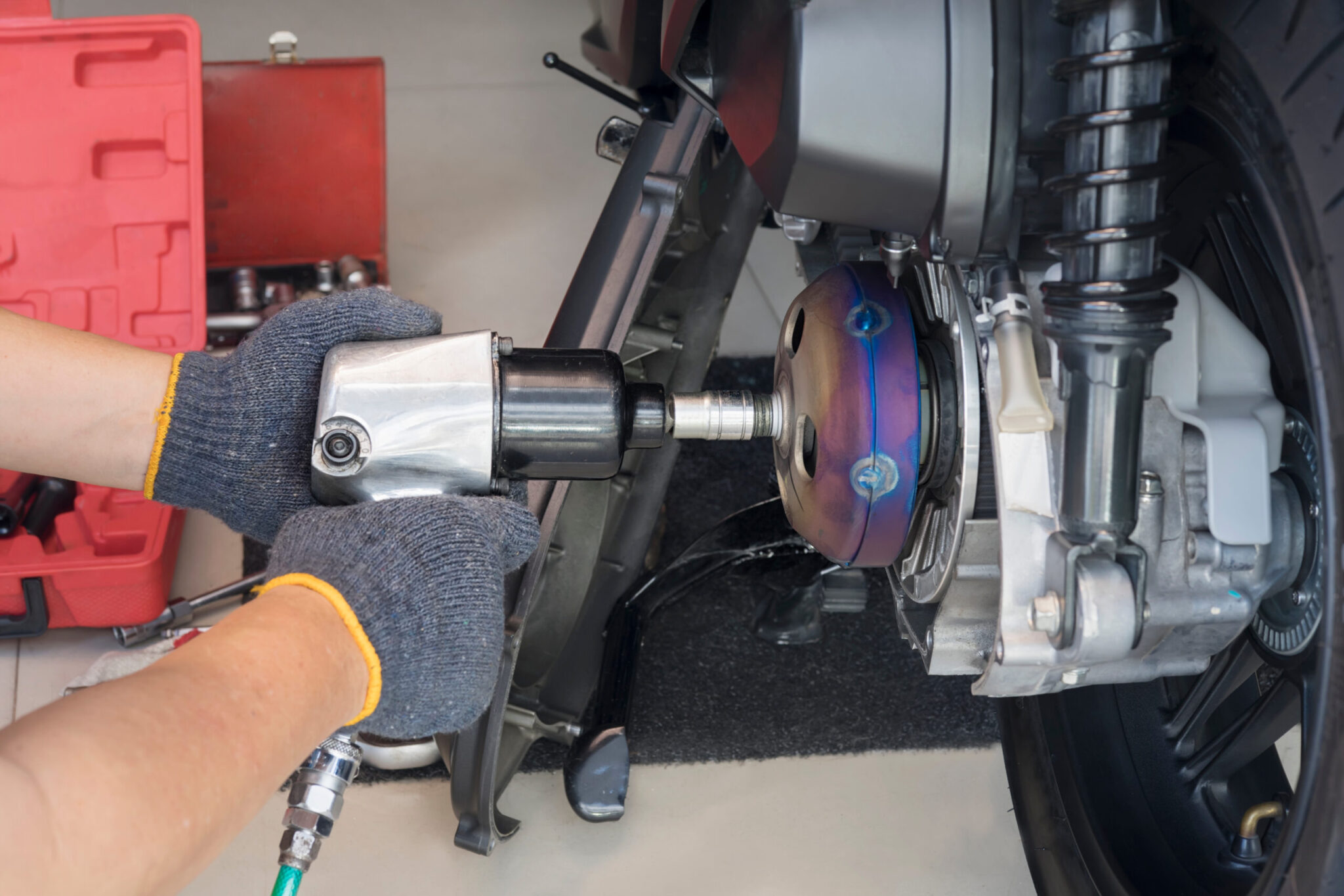
Reciprocating or piston compressors have traditionally been the ideal choice for applications such as motorcycle and automotive repair shops, where air tools are used intermittently. However, a significant number of these applications are transitioning to battery-powered hand tools.
You’ll want to use rotary screw compressors for applications that require a constant flow of compressed air at a consistent pressure level. They are typically used in industries that require a large volume of compressed air, such as manufacturing, construction, oil and gas, food and beverage, pharmaceuticals, semiconductor fabrication, textile, and power generation. Or even a larger automotive shop where the use is more constant.
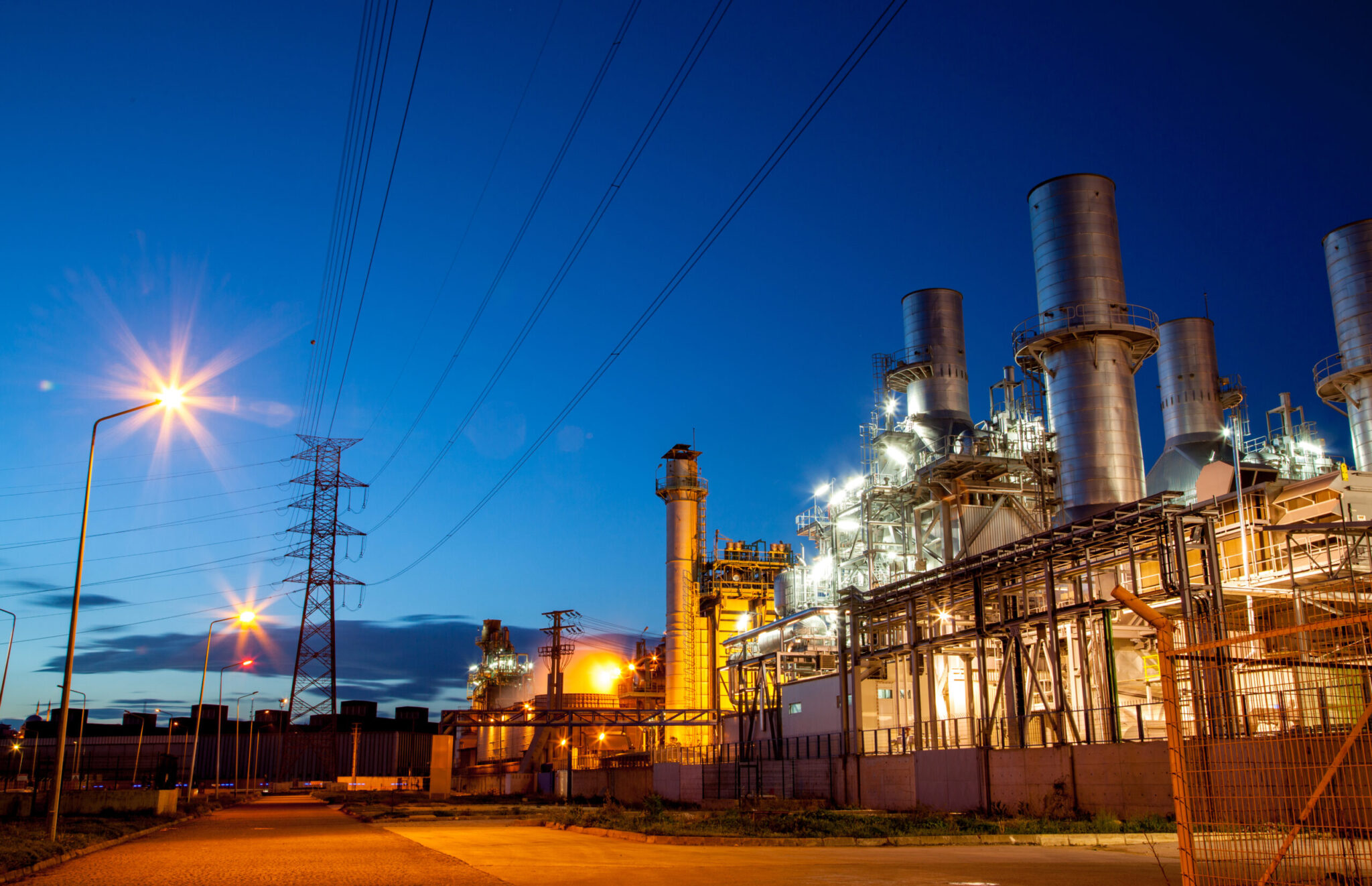
Rotary screw compressors are preferred for applications like power generation that require large volumes of compressed air.
But There’s Still a Place for Recips
We’ve listed many reasons companies choose rotary screw air compressors to meet their needs. In fact, 80% of respondents in one survey preferred screw compressors, citing their performance, quality, reliability and size.
But there still are some situations in which a reciprocating or piston compressor is preferred. Especially when you only have a small number of air tools, and their use is sporadic, at best.
According to the Compressed Air & Gas Institute (CAGI), “Small, air-cooled reciprocating compressors, 3 HP to 30 HP, are ideal for intermittent service similar to those compressors commonly used in an auto body/tire repair operation.”
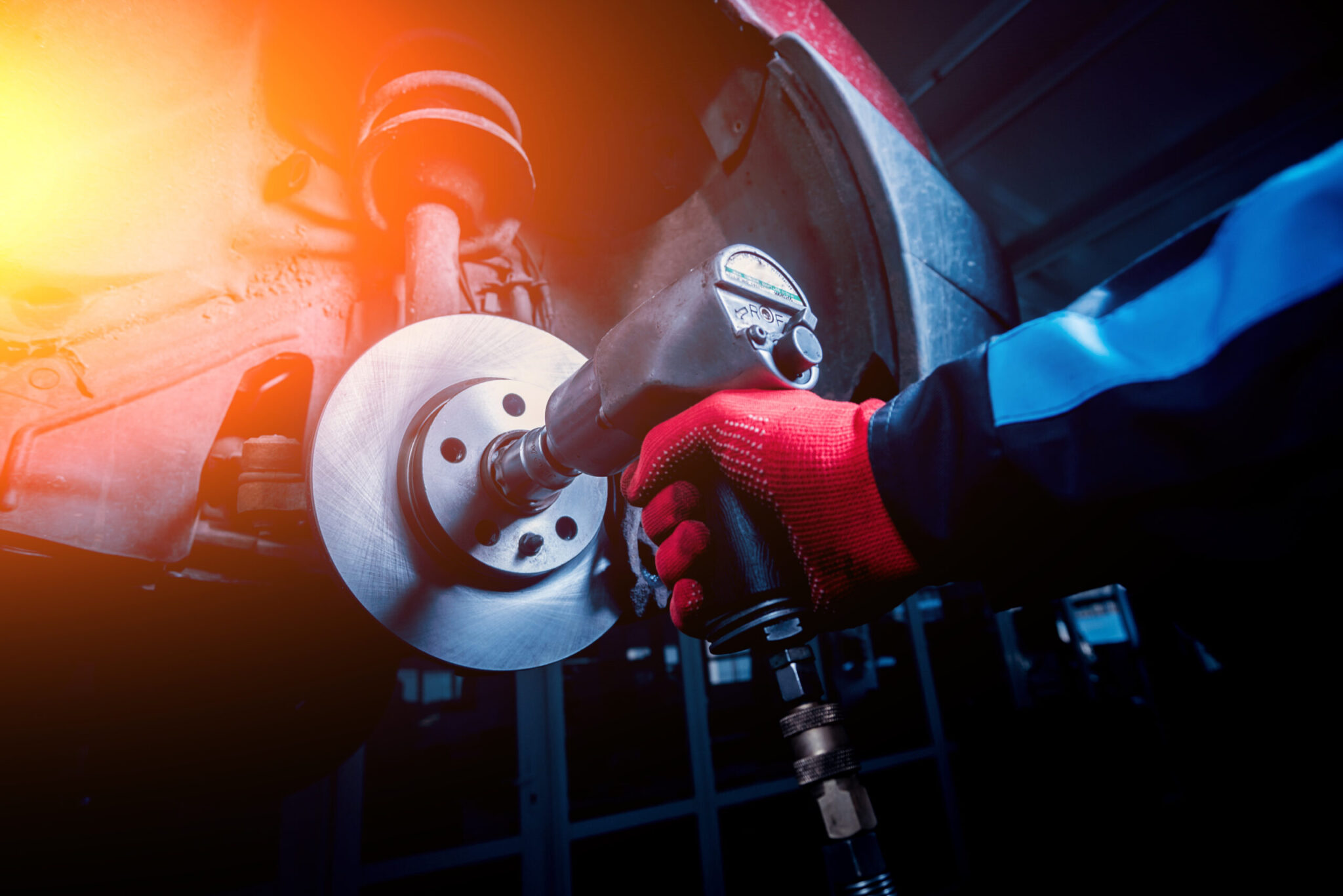
A reciprocating compressor is probably the best choice for a tire repair shop.
That kind of application is tough on a rotary screw air compressor, which works best when operated continuously.
As CAGI summarizes, “Installing an intermittent-duty compressor into a continuous demand is a recipe for early equipment failure. Likewise, installing a continuous-duty compressor into an intermittent application results in premature failure of the compressor due to rapid cycling as well as very inefficient operation.”
Local Help
Need help in deciding between a piston or recip compressor and a screw compressor? Or even in evaluating your specific requirements for compressed air? Kaishan USA works with a nationwide network of independent distributors, who can provide on-site help and consultation as needed. These factory-trained air compression experts have an investment in their local communities and can service your air compressor system without a problem. And they have staff members who are skilled in using leak-detection technology on a daily basis.
Key Takeaways
-
- Duty cycle. Because reciprocating compressors can only work at about a 50% duty cycle, they need to be sized larger than a screw compressor. For example, a 7.5 HP screw compressor will do the job of a 10 HP piston compressor.
- Air quality. Removing moisture and contaminants from rotary screw compressors is easier because of their lower operating temperatures.
- Energy consumption. Rotary screw compressors are more energy efficient, delivering 4-5 cfm per HP.
- User preferences. Eighty percent of respondents in one survey preferred screw compressors because of their performance, quality, reliability and size.
- When to use recips. Reciprocating compressors work well in applications requiring high-pressure air or a low flow rate.
- When to use screws. You’ll want to use rotary screw compressors for applications that require a constant flow of compressed air at a consistent pressure level.
Let Us Help
Selecting the right compressor is critical to the operation of your compressed air system and all the processes, tools and end uses that rely on that system. If you need help deciding whether a reciprocating (or piston) compressor or a screw compressor is right for your application, get in touch with the experts at Kaishan. Contact us today.
Random stat or
customer quote
textXXtext
text
Unless you operate a large facility consuming thousands of CFM of plant air, your choice of air compressors usually comes down to two main types

